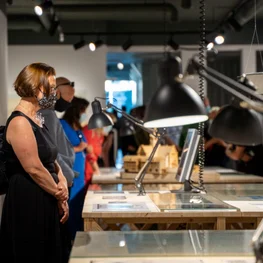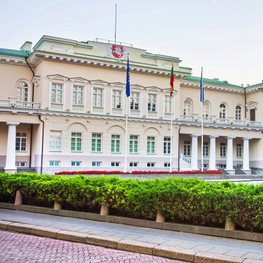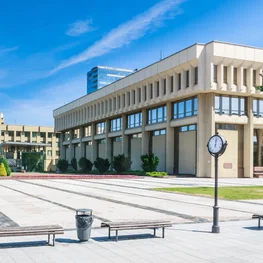The Palace of the Grand Dukes of Lithuania
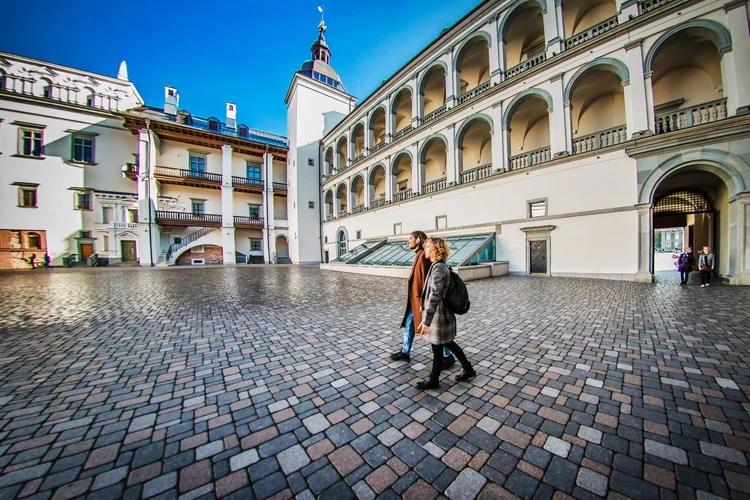
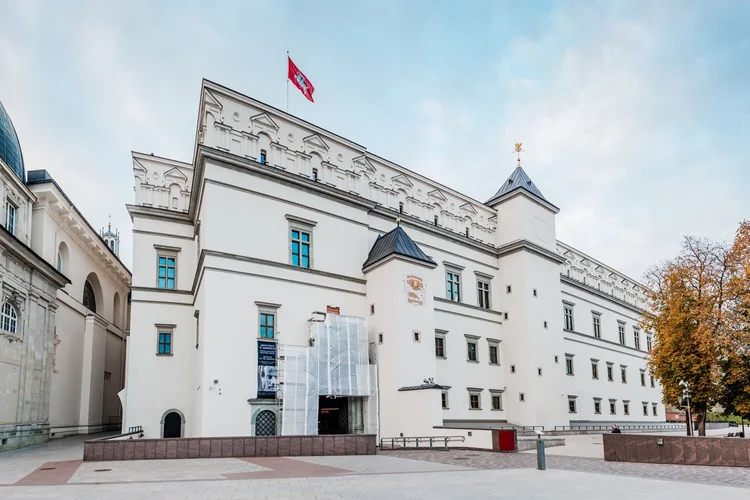
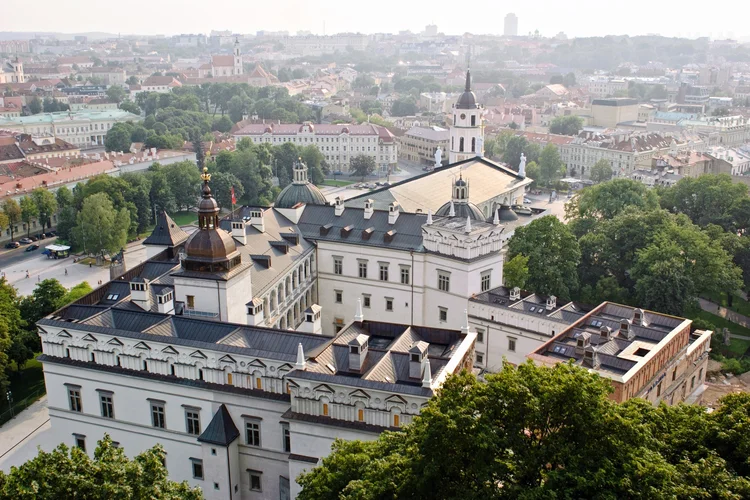
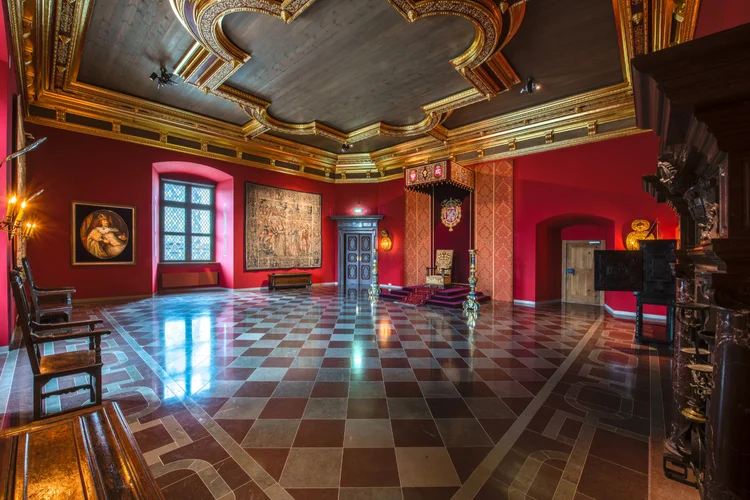
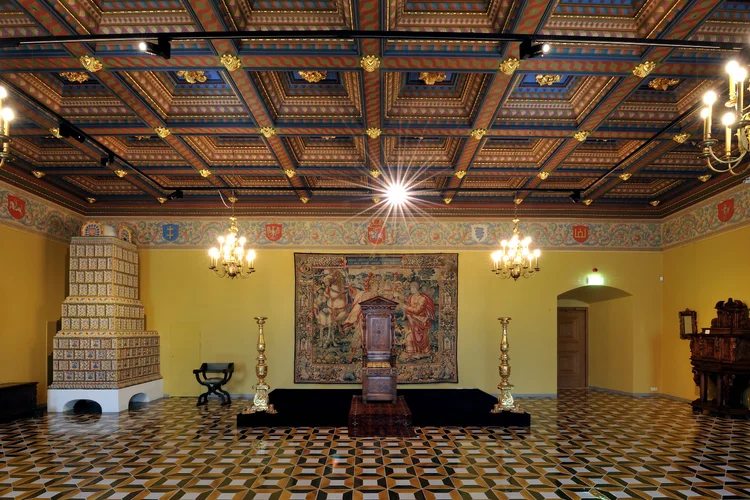
In short
During the 15th, 16th centuries and the first half of the 17th century, the Palace of the Grand Dukes was a political, diplomatic, administrative and cultural center of the Grand Duchy of Lithuania.
At the beginning of the 19th century, at the initiative of the tsarist Russian administration, the residence of Lithuanian rulers was destroyed and restored only in 2013.
The National Museum, at the Palace of the Grand Dukes of Lithuania four main routes can be viewed that reflect the functions of this historic residence.
Abundant findings, along with models of the palace, and iconographic material are displayed in the palace's exposition of historical and architectural development (Route I). The palace's exposition of historic representational interiors (Route II) will bring visitors to the representative halls with restored historical representations of late Gothic, Renaissance and early Baroque, as well as a special treasure hall.
Route III consists of three exhibitions (armament, everyday life, music) and the Event Hall.
Here you will learn about the fortifications and the collection of armaments of the castle and palace of the Grand Dukes of Lithuania. Another exposition reveals the daily life of the inhabitants of the castle and palace of the Grand Dukes of Lithuania. Here you will learn about the structure of the palace kitchen and dining peculiarities. Alongside you will enjoy the musical heritage and tradition of playing at the Palace of the Grand Dukes of Lithuania, which will be presented in separate events at the Event Hall at the end of the route. On Route IV you will find the Museum Exhibition Centre, which displays significant national and international exhibitions.
Brief History
A wooden settlement stood in this historical place in the 4th-8th centuries, while in the second half of the 13th century, part of the settlement became a stone castle. In the first half of the 14th century, it became the most important building in the large area of Vilnius Lower Castle which is surrounded by a wall. From the first days of Gediminids, almost all Lithuanian rulers resided here. They repeatedly expanded the castle, and at the end of the 15th century, they began its fundamental reconstruction.
Originally Gothic, the 16th-century residence of the Grand Dukes of Lithuania became a grand Renaissance palace. In the first half of the 17th century, they also acquired early Baroque features. Vilnius was one of the largest hubs in Central and Eastern Europe at that time. In the middle of the 17th century, the Moscow army destroyed the palace and during the period from the end of the 18th century to the beginning of the 19th century, the palace was completely destroyed.
September-May:
II, III: 10:00-18:00
IV: 10:00-20:00
V, VI: 10:00-18:00
VII: 10:00-16:00
I: Closed
June-August:
I-III: 10:00-18:00
IV-VI: 10:00-20:00
VII: 10:00-18:00
€13 adults
50% discount for pupils, students, pensioners
Save €6 with Vilnius Pass

